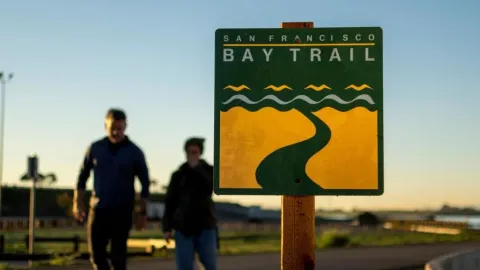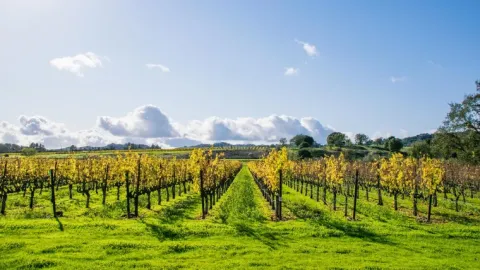
The Giant Marsh Living Shoreline project along the western edge of Contra Costa County has gotten underway with the goal of creating a healthy marine environment for native oysters, which will improve aquatic quality and help gird against sea-level rise.
The project has seen 350 cement and sand oyster reefs placed along the coast to create a living shoreline near the Giant Marsh at Point Pinole Regional Shoreline in Richmond. Sediment and development around the bay eliminated many or the hard surfaces on which the Olympia oysters need to grow. The artificial reefs provide that hard surface.
Eelgrass beds were also planted near the reefs as part of the project. Eelgrass provides a nursery area for many fish and shellfish species and is a major food source, forming the base of food webs and hosting organisms that feed directly on its leaves. Eelgrass also supports tiny plants, animals and organisms that, in turn, are eaten by other invertebrates, larval and juvenile fish, and birds.
Living shorelines use nature-based infrastructure to create shoreline buffers that reduce the impacts from sea-level rise and erosion, while creating habitat for fish and wildlife. These living shorelines are proving to be an effective approach to protecting the coast and shoreline communities, protecting the coast from wave action.
The work addresses goals outlined by the San Francisco Estuary Partnership and the implementation of its Estuary Blueprint, a vision for the estuary’s future. The partnership’s host entity is the Association of Bay Area Governments, which is staffed by the Metropolitan Transportation Commission.



Submit your comment
In order to receive a reply to your comment, please provide an email address.